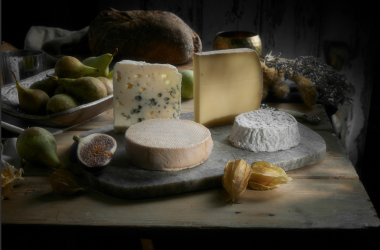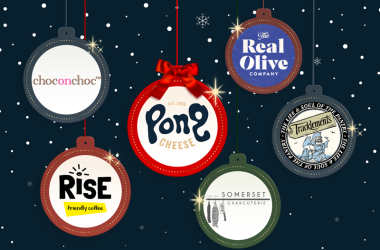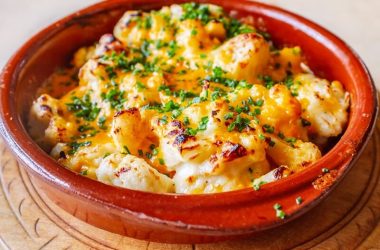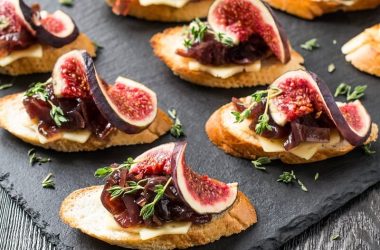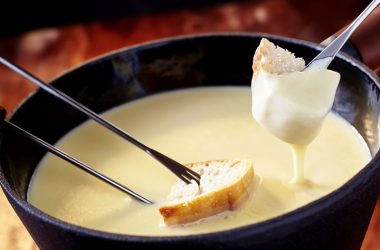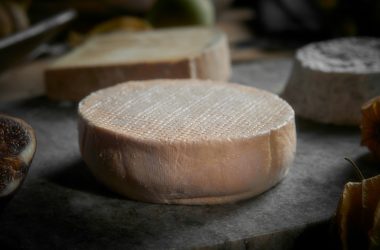A Tour Of West Country Cheese
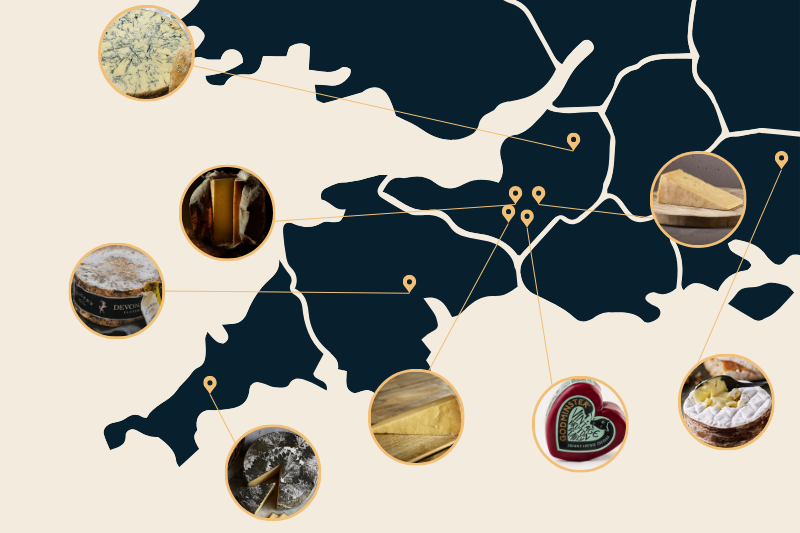
Our latest cheese tour is a true staycation, staying closer to home than ever before as we explore and area close to our hearts (because that’s where we’re from!) and the heart of British cheese: the West Country. Join us as we showcase the very best in West Country Cheese — and explain why they’re considered some of the finest and most celebrated in the world.
Somerset
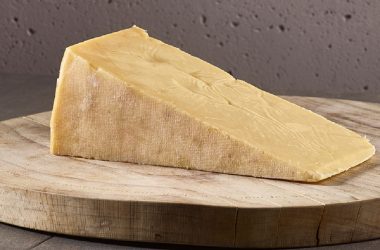 Where else would we start than our beloved Somerset, a county that is world famous for cheese-making? This region is so steeped in cheese history that the earliest known reference to Cheddar dates back to 1170, when King Henry II purchased over ten thousand pounds of it from the area.
Where else would we start than our beloved Somerset, a county that is world famous for cheese-making? This region is so steeped in cheese history that the earliest known reference to Cheddar dates back to 1170, when King Henry II purchased over ten thousand pounds of it from the area.
Somerset is the proud home of Cheddar — often described as the most famous cheese in the world, and with good reason. The rural village of Cheddar has stood at the heart of England’s dairy industry for centuries, where the art of cheese-making has been honed to perfection thanks to the region’s lush, rolling farmland and ideal agricultural conditions.
The town also gave its name to a unique part of the cheesemaking process – known as Cheddaring – the process of turning the slabs of curd and piling them on top of each other in a controlled way to help drain the whey. This process, which also stretches the curd and helps to create a harder cheese with firm body, is unique to Cheddar making.
Before the Second World War, around 400 dairy farms were producing Cheddar across the region. But when the war began, the British Government took control of milk production, introducing a standardised version known as ‘Government Cheddar.’ This shift led to a steep decline in traditional cheesemaking, and the uniform style became the new normal. Yet, over time, a renewed appreciation for distinctive, artisan Cheddar has steadily returned. Cheddar made in the West Country now has a specific protected status that ensures the cheese is made in the West Country using traditional ingredients and methods. This is called ‘West Country Farmhouse Cheddar’.
Here are some of our favourites…
The Montgomery family have been farming the North & South Cadbury pastures since 1911, when Sir Archibald Langman bought the family farm and started making cheese. His daughter, Elizabeth Montgomery followed in her father’s footsteps, followed by her son Jamie Montgomery. Montgomery’s Cheddar is the antithesis of supermarket cheddar. Made using traditional methods, matured for 12 months and properly wrapped in muslin cloth before storing. There’s nothing mass-produced about this important cheddar. It embodies everything that we hold dear at Pong Cheese.
Another notable cheesemaker of the region is Westcombe Dairy. Their ethos is centred on the quality land they manage, where the health of the soils and the diversity of the pasture is fundamental to the wellbeing of the herd. The cows graze close to the dairy, so it arrives fresh and still warm when it goes into the vat. Using only traditional starter cultures and natural rennet, the milk is slowly transformed to Westcombe Cheddar. The result is a deeply complex and nutty cheddar with a long, smooth breakdown. It’s known locally as a ‘five mile cheddar’, as you’re still tasting it five miles down the road!
From Westcombe we move further south west, south of the Rock of Ages and the Mendips, until we reach a huge crack in the earth where you’ll find a town where it all began….Cheddar.
If you put an onion in the fridge and put some cheese next to it, after a day or so, the cheese will pick up the flavour of the onion. The same happens when you store cheese in a cave, the cheese absorbs the aromas in the air and develops a flavour from the cave. This damp, stony air gives Wookey Hole Cheddar its distinctive flavour.
What sets Wookey Hole Cheddar apart is the rich, high-quality milk from cows grazing the countryside nearby. Made using traditional ‘cheddaring’ techniques, each step — from turning the curds to wrapping each truckle in lard-coated cloth — is done entirely by hand by expert cheesemakers. Once formed, the cheeses are moved to the Somerset caves, where the cool 11°C temperature and natural humidity create the perfect conditions for maturing. The result? A moist, flavour-packed Cheddar with deep, earthy, and nutty notes drawn straight from the caves themselves.
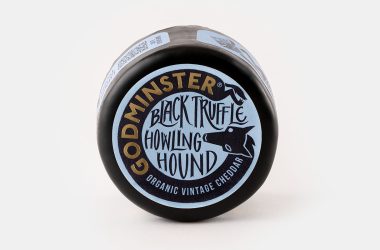
Found in the pretty town of Bruton, Godminster produce a range of great Cheddars — each said to tell a story “of myth and mystery, taste and tradition,” and it’s easy to see why. Known for their intricate flavours, Godminster’s cheeses stand out for all the right reasons.
Godminster’s classic Cheddar is their multi-award winning Bruton Beauty Cheddar, made with a traditional 90-day recipe and a maturing process of up to 12 months. Godminster also offer infused Cheddars such as their Howling Hound Black Truffle Cheddar and Cheyney’s Fortune Oak-Smoked Cheddar.
While Cheddar may be Somerset’s most iconic cheese, the Bath Soft Cheese Company has carved out its own niche with a stunning selection of organic, award-winning cheeses. Their Bath Blue is a beautifully balanced, blue-veined cheese made from their own organic cow’s milk — often compared to a milder Stilton. The namesake Bath Soft is a rich, mushroomy, and creamy soft cheese, traditionally wrapped in parchment and sealed with red wax. Then there’s the Wyfe of Bath, a semi-hard cheese known for its nutty, buttery flavour and a scent evocative of summer meadows and buttercups.
Naturally, they haven’t forgotten Somerset’s cheddar legacy — their version is perfectly matured, tangy yet smooth, with a subtle apple-like finish when aged.
It’s little wonder that Bath cheese came highly recommended, even in 1801, when Lord Nelson’s father praised it in a letter to his son. We’ve collected these wonderful cheeses together for you to sample in The Somerset Selection Box.
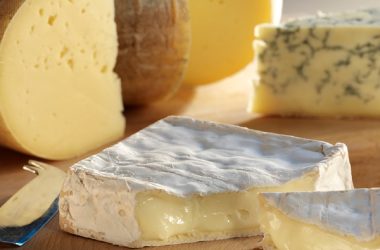
Hampshire
Whilst Hampshire is questionably west country, we have to include it in our tour of the region mainly down to Tunworth and Winslade cheeses made by, until very recently, The Hampshire Cheese Company.
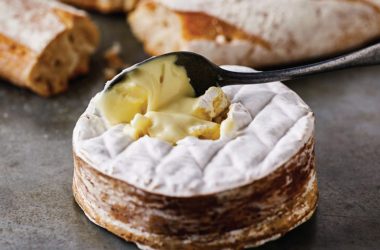
Tunworth is an earthy and bold soft cheese, often compared to Camembert. A clear French influence comes through in their use of ‘bassines’ during production, which help develop their deep, delicious flavours. Another standout cheese is Winslade – gentler and more floral than its sibling. The company has now been bought by Butlers Farmhouse Cheeses who are based in Lancashire, but these will always be West Country cheeses at heart.
There is one other cheese of distinction from the area, which is Isle Of Wight Blue. The cheese has been a multiple medal winner at the World, British and International Cheese Awards, most notably winning Best English Cheese at The World Cheese Awards and Best Vegetarian Cheese at the 2019 Artisan Cheese Awards in Melton Mowbray.
It’s one of our favourite blues, offering starkly different flavours depending on its maturity. At 3-4 weeks t has a relatively mild blue flavour but it will accelerate quickly so that by the time it is at the end of its Use By date, the flavour will be a lot spikier. They’ve been recently experimenting with a soft white mould rinded cheese which contains a generous layer of truffle that sits through its middle. Borthwood has so far impressed the judges at the British Cheese Awards and the Artisan Cheese Awards in 2024, where it picked up three Gold medals.
Devon
Like Somerset, Devon’s rich history in agriculture and farming paired with the region’s lush pastures make it an ideal place for dairy production. Many Devonshire cheeses are made using time-honoured artisanal techniques, from hand-cheddaring to cloth-binding. These methods create the strong flavoured and deliciously textured cheese that we know and love today.
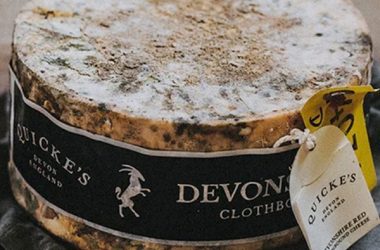
One particularly interesting cheesemaker is Quicke’s – famous for their clothbound cheddar. It’s made from methods that celebrate the deep connection between the Quicke family and the land they have nurtured for almost 500 years. Try their Mature Cheddar Truckle, a creamy and buttery cheese with hints of caramel notes.
Cornwall
It is the rich and flavoursome Cornish milk that gives this area’s cheese such a special taste. Years of small-scale, artisan methods have been honed to create some of the best and most complex cheeses in the country.
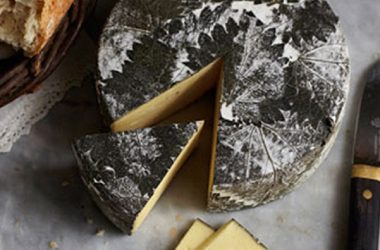 A very special cheese is made in this region. Cornish Yarg is a nettle-wrapped, creamy and zesty cheese. The edible rind is earthy from the infusion of nettle flavour, which hides a mushroomy creamy inner. The origin of Cornish Yarg began with Alan Gray in 1984, who found a 16th century cheesemaking recipe in his attic. After a few trials, the new cheese emerged, with the inspiration for the name coming from spelling ‘Gray’ backwards. Fast forward 40 years, Lynher Dairies are the sole producer of Cornish Yarg and its iconic nettle wrapping.
A very special cheese is made in this region. Cornish Yarg is a nettle-wrapped, creamy and zesty cheese. The edible rind is earthy from the infusion of nettle flavour, which hides a mushroomy creamy inner. The origin of Cornish Yarg began with Alan Gray in 1984, who found a 16th century cheesemaking recipe in his attic. After a few trials, the new cheese emerged, with the inspiration for the name coming from spelling ‘Gray’ backwards. Fast forward 40 years, Lynher Dairies are the sole producer of Cornish Yarg and its iconic nettle wrapping.
Cornwall is full of excellent cheesemakers, including The Cornish Cheese Co – an independent, traditional cheese-making business dedicated to crafting exceptional cheeses. In 2010, their flagship cheese, Cornish Blue, achieved global recognition by winning the prestigious World Cheese Awards, standing out among 2,600 entries from 26 countries. They make a wonderful range of cheeses from goudas to goat’s cheese to camembert-style and brie-style cheeses. It’s got it all.
A final stop on our tour is at Curds and Croust. Like all great Cornish cheesemakers, they start with only the finest local milk to craft cheeses that are rich in character and flavour. From their traditional Cornish Brie with its mellow, smooth notes to the pungent and bold Cornish Camembert, Curds and Croust are experts of West Country cheese. These cheeses often pop up in The Cheese Club, if you’d ever like to taste one!



